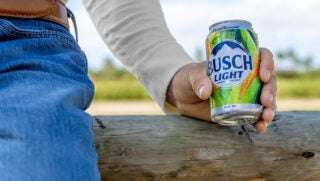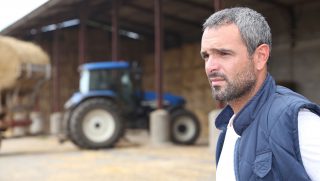Last week Monsanto cut the ribbon on their newest technology building, part of the company’s $400 million expansion at its global research and development headquarters in Chesterfield, Missouri.
“With this investment, we are underscoring our commitment to advancing St. Louis as the epicenter for global agricultural innovation,” said Hugh Grant, chairman and chief executive officer of Monsanto. “Today is an important celebration of the possibilities that can be unlocked here. This facility will be tackling some of the world’s most critical needs, as we look to identify ways to help growers around the world grow crops in more sustainable ways.”
Monsanto’s expansion in Chesterfield began with groundbreaking in the fall of 2013. The expansion project has supported growth in the St. Louis region through the addition of 675 job opportunities, inclusive of opportunities directly with Monsanto or through third-party contracts.
The Chesterfield Research Center focuses on such key areas as plant breeding, biotechnology, agriculture productivity, data science, crop protection, and biologicals. Monsanto’s research and development platforms support sustainable agriculture practices with innovation that reduces the footprint of global agriculture production through better harvests and, at the same time, protects harvests from increasing threats from insects, weeds, diseases, and environmental variables. In addition, the innovation seeks to deliver continuous improvement to modern agriculture through improved on-farm solutions and practices.
To support these research disciplines, the expansion project includes a new 400,000-square-foot research building that now houses 13 Controlled Environment Agriculture rooms and 250 additional research laboratories. The research building is flanked by a new parking garage topped with 36 additional high-tech greenhouses that began operating in the fall of 2016.
The new building achieved a Leadership in Energy and Environmental Design (LEED) Gold Certification. The building achieved this by demonstrating an energy use savings of 21 percent, utilization of recycled content materials and regionally manufactured and extracted materials and construction waste management. It also was recognized for water use reduction and water reuse by reusing approximately 1 million gallons per year through a 15,000-gallon rainwater collection tank and reuse distribution system.
“For nearly two decades, Monsanto has been delivering agricultural innovation around the world from St. Louis,” said Grant. “This facility ensures that this legacy of innovation will continue for many years to come. Once the company’s pending acquisition by Bayer is completed, the global seeds and traits research and development organization for the combined company will be headquartered in St. Louis, along with the agriculture commercial headquarters for North America. The acquisition is an investment in innovation and people that is expected to create several thousand new high-tech, well-paying jobs after integration is complete.”

